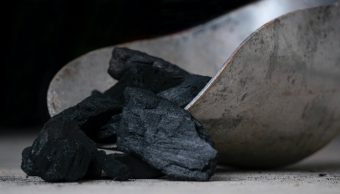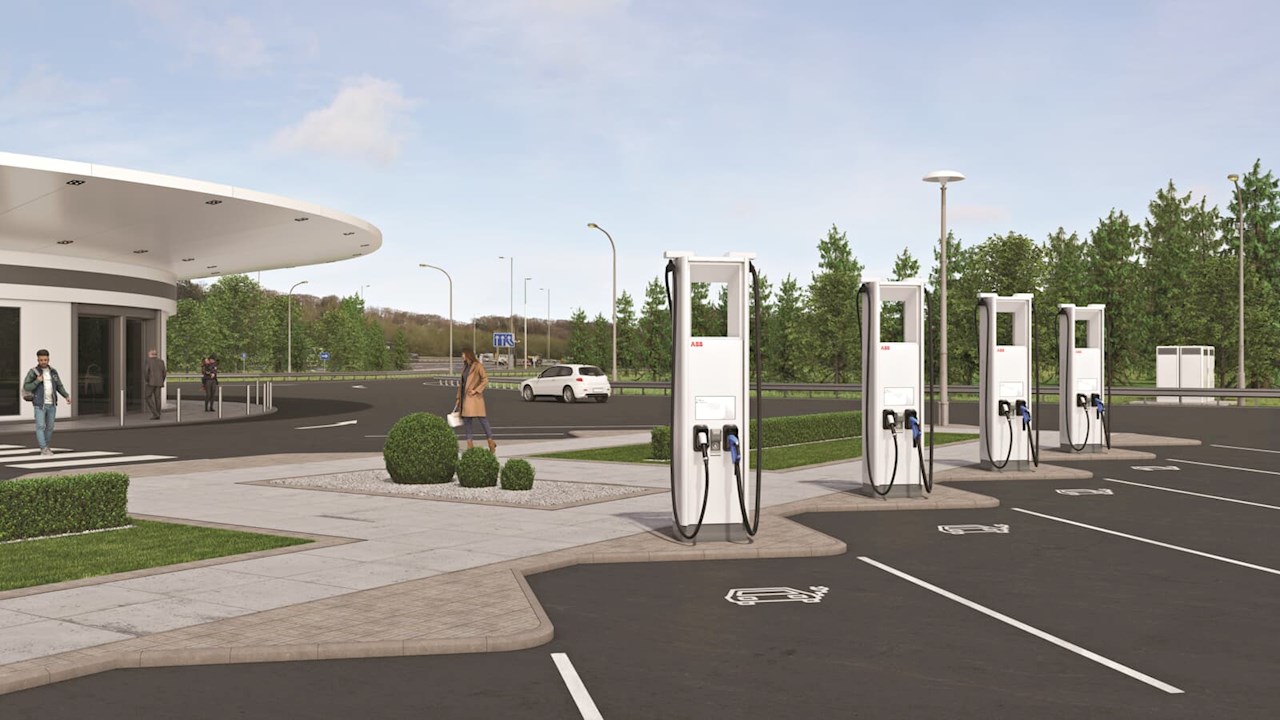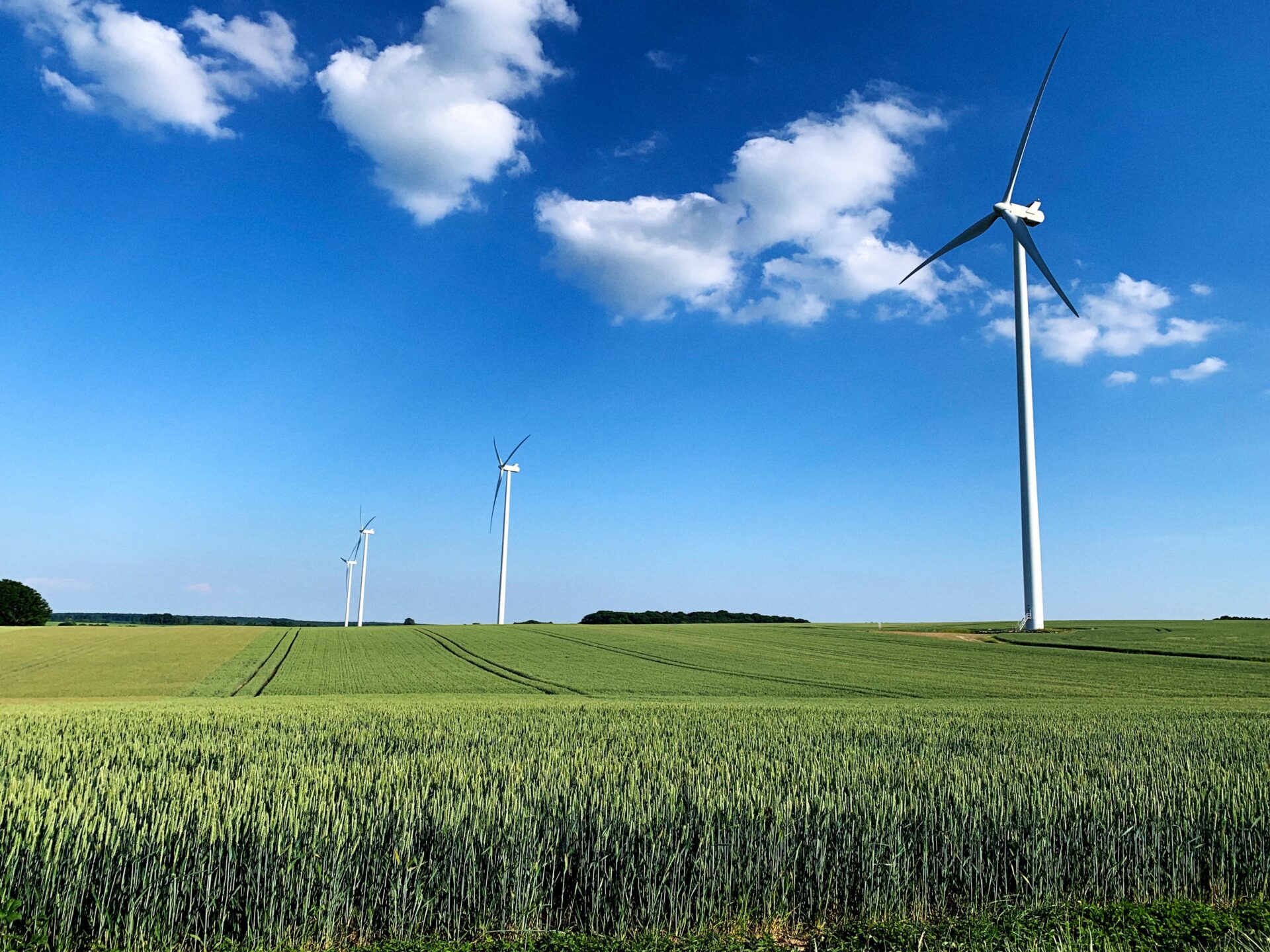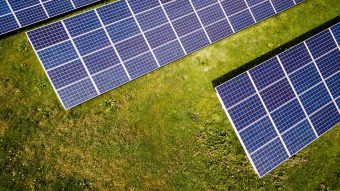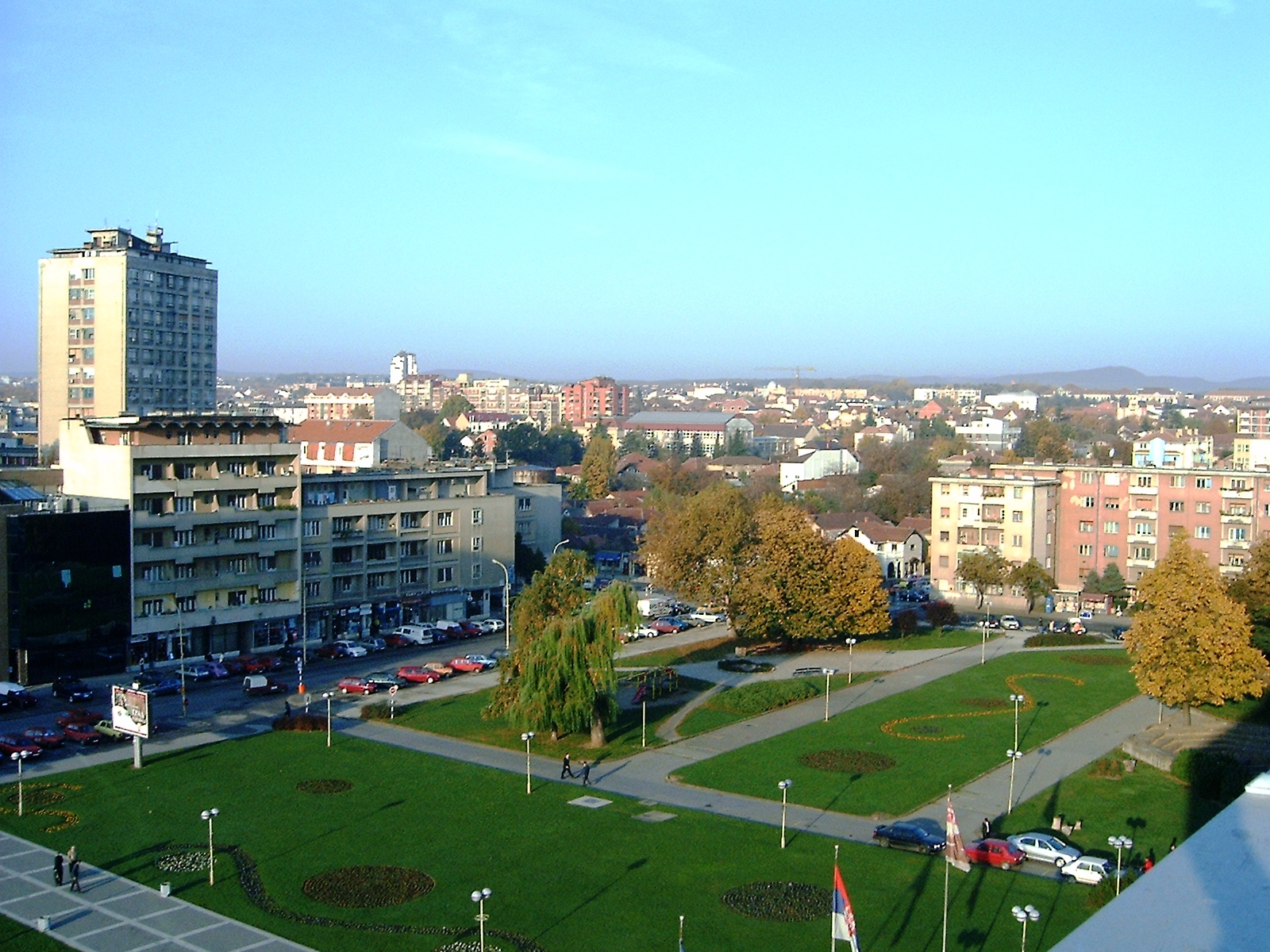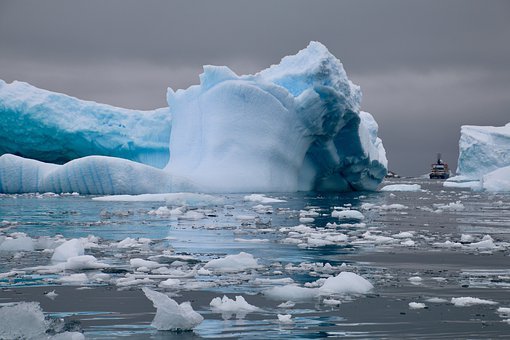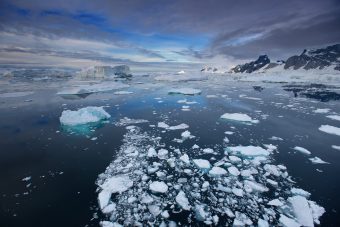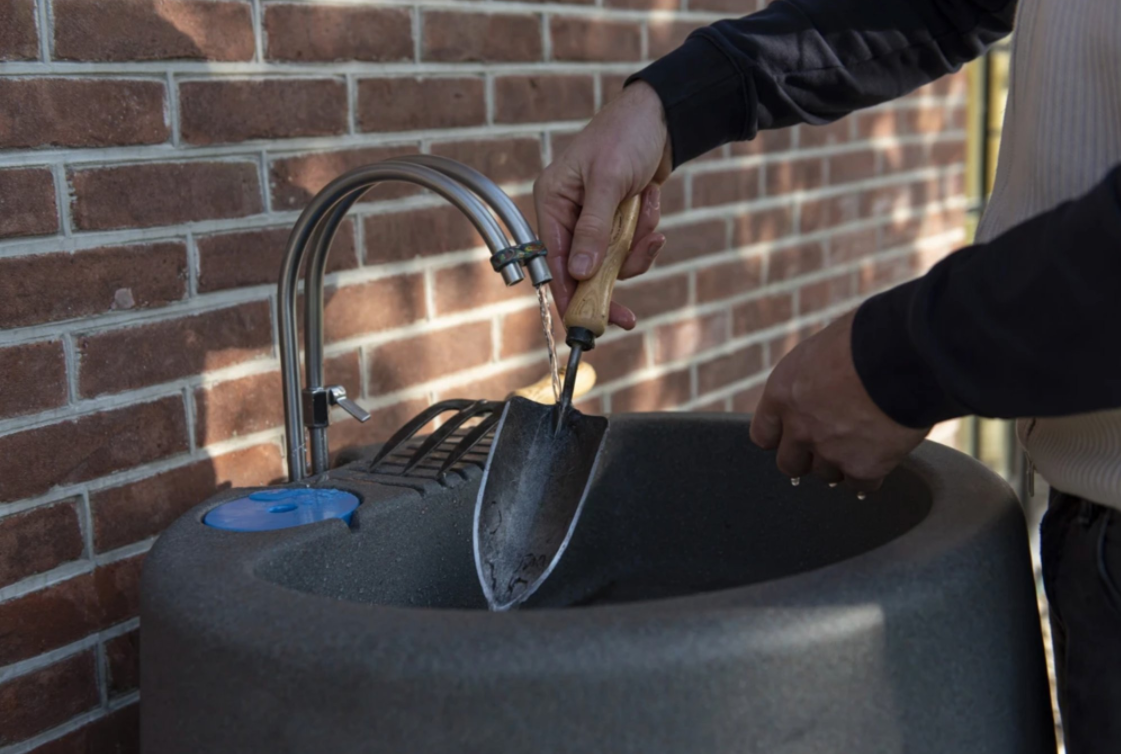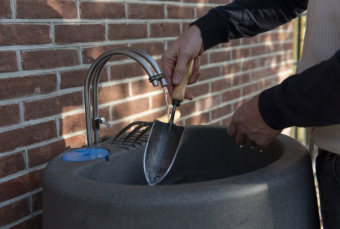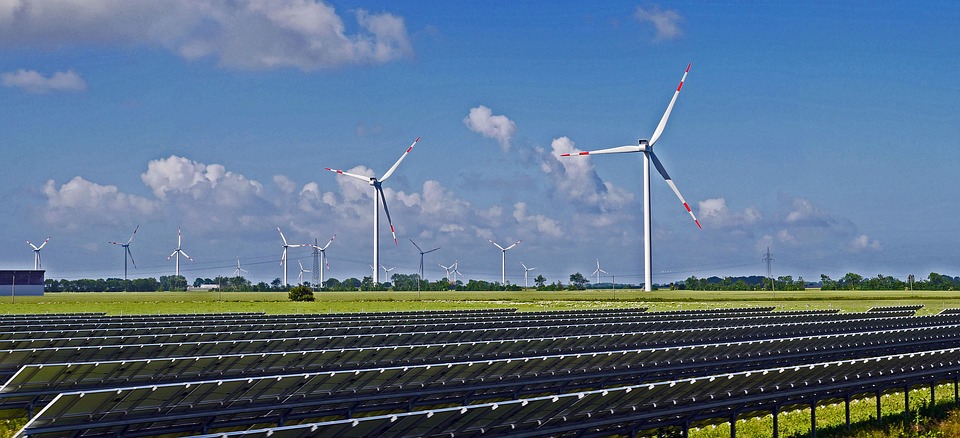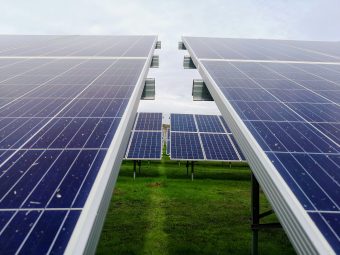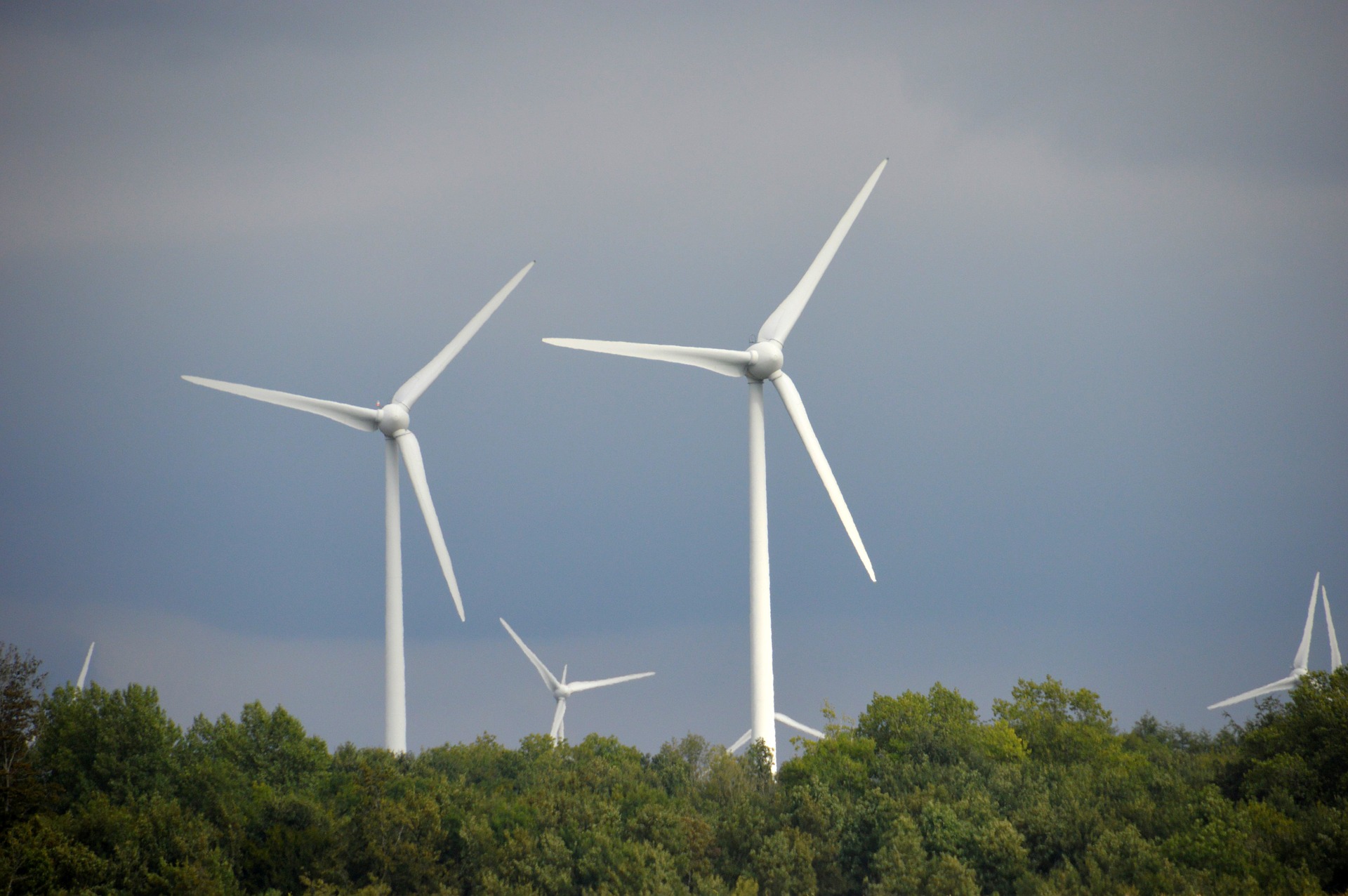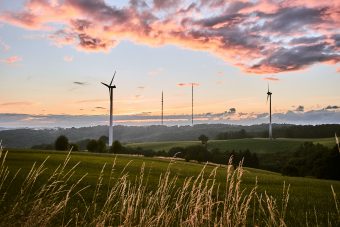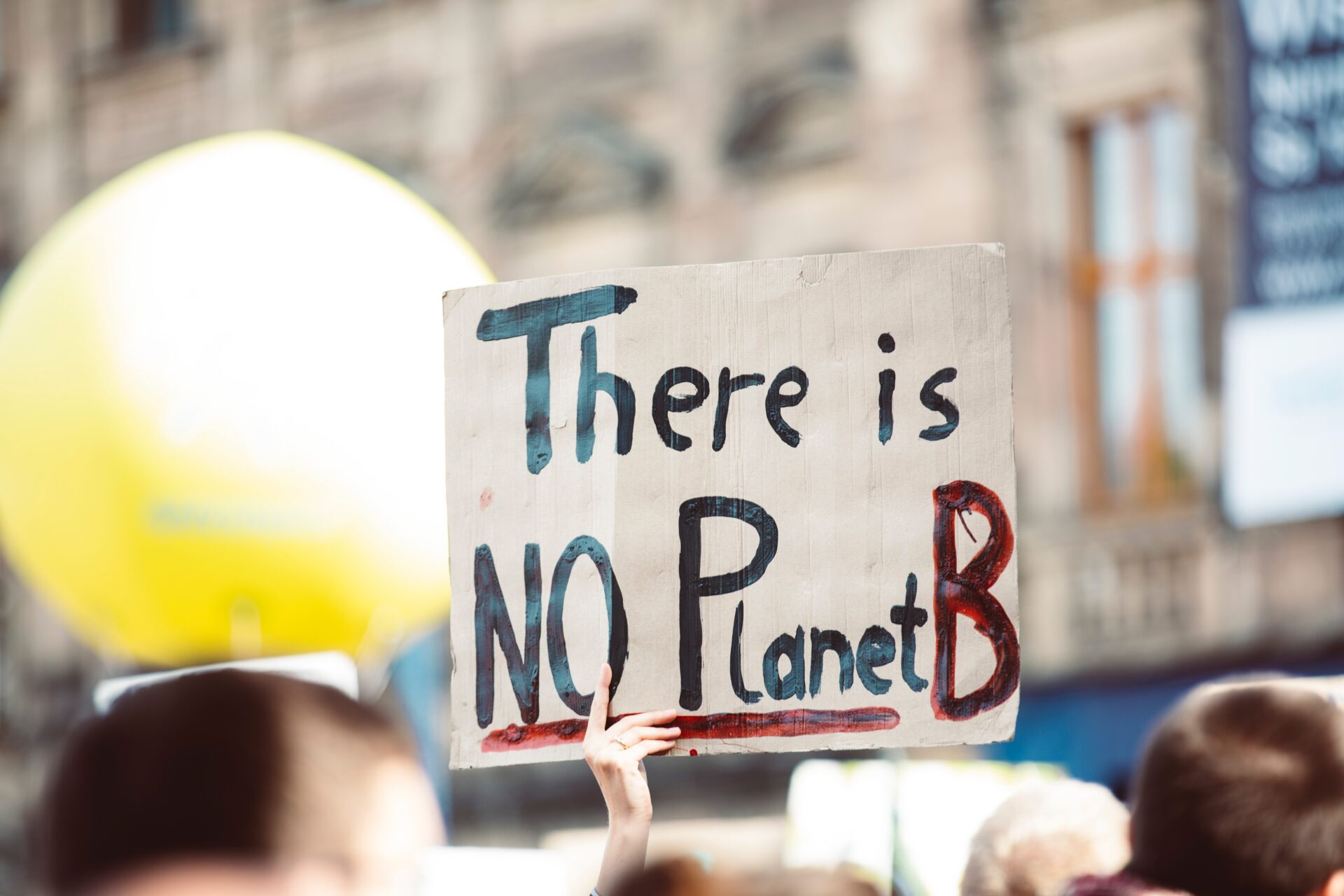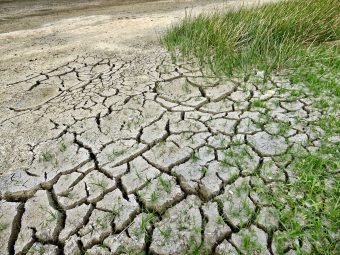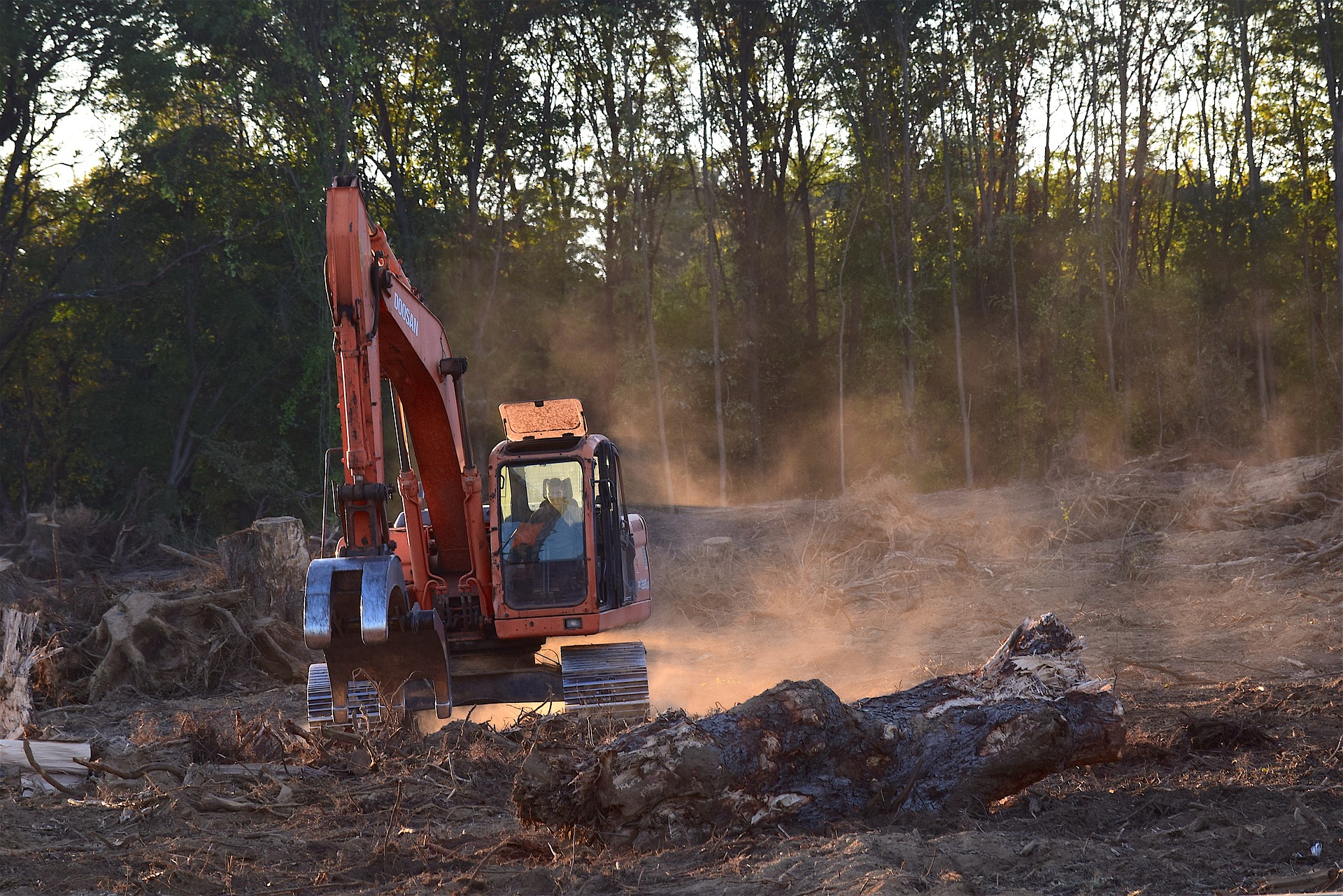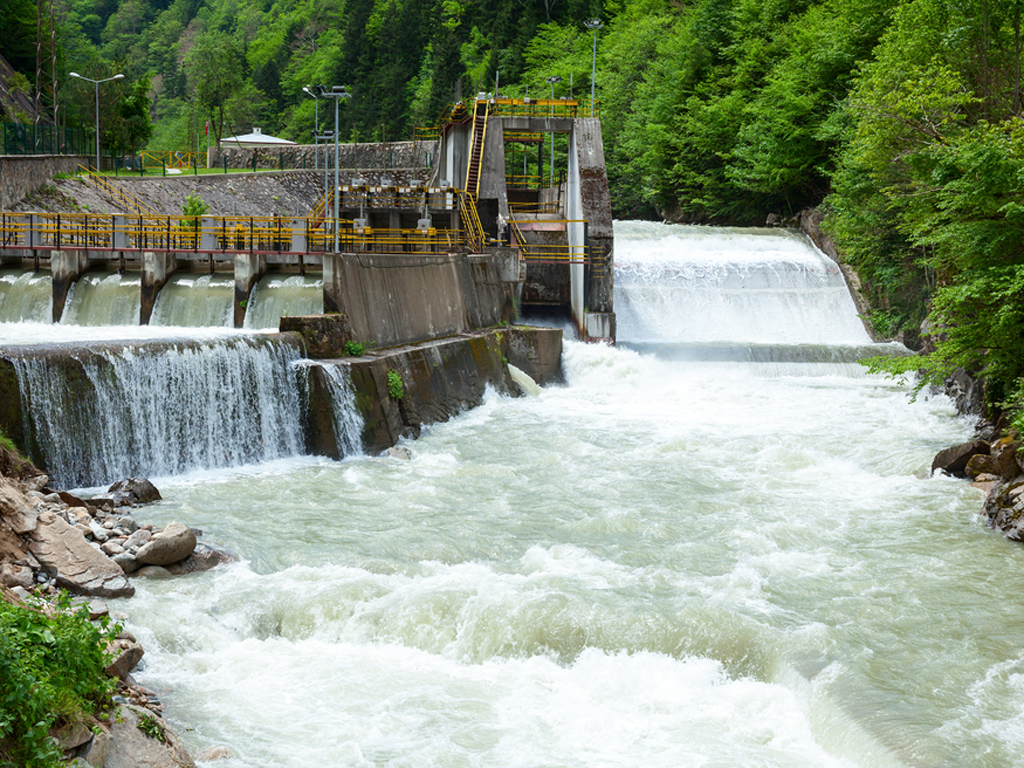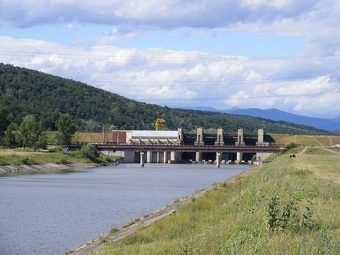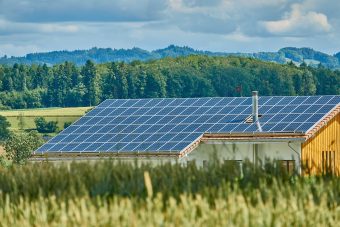
Registration is now open for the Global Call for Innovative Solutions in Cleantech and Sustainable Land Management. The international competition aims to identify and promote readily deployable and scalable solutions and innovative technologies from the private sector, which address the adverse effects of climate change and ultimately contribute to inclusive, resilient, and sustainable economic development in developing countries.
Initiated by the UNIDO Investment and Technology Promotion Office in Germany (ITPO Germany) and hosted by the UNIDO Investment and Technology Promotion Network (ITP Network), this year’s Global Call is supported by other UN agencies, such as UNCCD and UNFCCC. It is conducted in cooperation with Future Cleantech Architects (FCA), a leading German think tank, and focuses on four categories:
More:
1. Decarbonizing growing urban environments
Innovative solutions for decarbonizing growing urban environments by addressing the demands and distribution of water, agricultural, energy, mobility and other resources, as well as solutions for areas that are vulnerable to climate change (e.g. coastal areas);
2. Clean and efficient energy generation and storage
Innovative solutions for generating and distributing energy in a clean and smart way, especially affordable and decentralized renewable energy solutions that are applicable in developing countries;
3. Circular production and industrial processes
Innovative solutions related to the reuse, recycling and remanufacturing of resources, as well as energy and process efficiency solutions and smart approaches for more climate-cautious consumption;
4. Sustainable land management
Innovative solutions for productive lands, including new technologies and approaches to production with a demonstrable positive contribution to soil health, land rehabilitation and combating desertification.
The competition is open to private sector entities (micro, small, medium enterprises, and large companies and start-ups) interested in sharing their technical expertise, know-how and best practices which can contribute to solve the global challenges posed by climate change. Applications should be submitted in one of the above-mentioned categories and must fall into one of the following sub-categories: technological solutions in the early stage; technological solutions in the growth stage; mature technological solutions.
Submitted applications will be evaluated by a jury of experts who will determine a maximum of 12 winners, in line with the four categories and three subcategories of the competition. Winners will be announced during a hybrid award ceremony on 26 October 2021. Besides other rewards, the winning applicants will be given the opportunity to showcase their solutions at international events related to the Global Call’s strategic categories and will receive advisory services from the ITP Network.
Applications must be received by 2 August 2021 via this online form.
More information on the Global Call for Innovative Solutions in Cleantech and Sustainable Land Management can be found on its dedicated webpage.
Source: UNIDO






